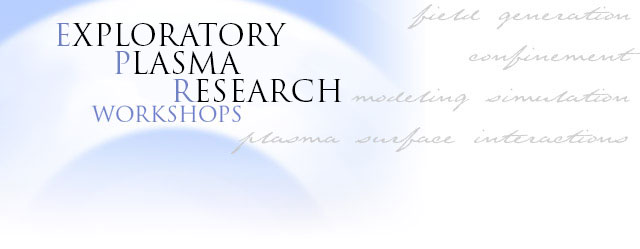
Overview
The goal of the Innovative Confinement Concepts (ICC) program is to advance and broaden fusion science and related plasma science and to explore alternate approaches.
ICC workshops provide a forum for an exchange of ideas through presentations and discussions on the science and status of Innovative Confinement Concepts research, and on new ideas. This meeting provides feedback from the ICC community to the DOE Office of Fusion Energy Science. In addition to invited talks on these topics, contributed papers are solicited describing experimental, theoretical, or computational work presently done in the ICC program, and papers describing new ideas for possible proposals. The contributed papers will be presented as posters, which will be displayed during the workshop. The program committee will also select a subset of the contributed papers for oral presentation. A ‘New Concepts’ session is included for new ideas.
This workshop is for presentation of results and ideas about concepts that might make large steps towards practical fusion power, complementing the important feasibility steps of the International Thermonuclear Experimental Reactor (ITER), and the National Ignition Facility (NIF). The ICC experiments also complement the mainline concepts in the advancement of plasma science. These experiments test the general validity of plasma physics and technology in wider parameter regimes, develop new fusion plasma physics, and cross-fertilize with other fields of plasma science.
Innovative Confinement Concepts address fusion energy science objectives by:
1. Working within a broad range of plasma and fusion energy sciences, including cross fertilization with other fields of plasma science;
2. Seeking concepts and innovations that work better or change the paradigm for fusion energy;
3. Broadening the physics of toroidal magnetic confinement by operating in parameter regimes inaccessible by the tokamak;
4. Strengthening university plasma science and technology programs, engaging faculty by providing opportunities to contribute to plasma and fusion science with small-to-medium size experiments; and
5. Attracting bright, young talent with the vision of unlimited energy for mankind while providing the opportunity to participate in experiments they can “get their hands around.”
--Integrated Program Planning Activity 2000 and Snowmass 2002 Reports